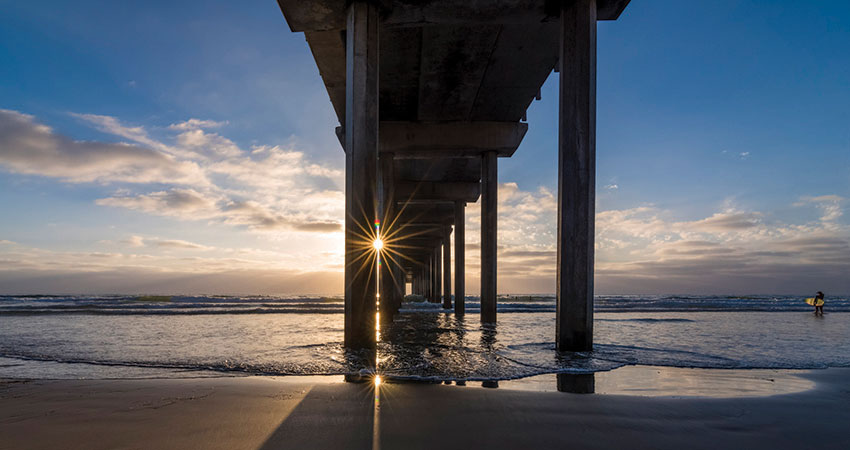
Neil Trenaman, Vice President of International Business Development, Liquid Robotics, Inc.
The Wave Glider wave-powered unmanned maritime vehicle (UMV), represents a novel and unique approach to persistent ocean presence. Wave Gliders harvest the abundant energy contained in ocean waves to provide essentially limitless propulsion while two solar panels continuously replenish batteries that are used to power the vehicle’s control electronics, communications systems, and payloads. Wave Glider is a hybrid sea-surface and underwater vehicle in that it is comprised of a submerged “glider” attached via a tether to a surface float.
The Wave Glider is well suited for air-sea surface investigations. With a continuous view of the sky the vehicle makes use of GPS for precise navigation and iridium, or other RF communications, for command and control. The Wave Glider can operate as a vessel, covering long distances in the ocean, or as a station-keeping platform. Test results, to be included in this presentation, will discuss both roles.
In this presentation, we review the design of this platform and present results from the extensive engineering sea trials conducted with prototype and production versions of the vehicle. The vehicle’s performance in a variety of ocean conditions --- varying sea state, wind speed, and surface currents --- is discussed. Differing wind and wave conditions yield varying performance of the Wave Glider. Field experience and analytical results will be presented. While each situation is unique experience indicates the Wave Glider can achieve an average speed of 1.5 knots.
In addition to the basic Wave Glider technology we will focus on the role of currents in the operation of the vehicle and as an application. Liquid Robotics operators have become familiar with a variety of ocean environments including the Pacific Ocean between Hawaii and California and the Gulf of Mexico. Field experience will be discussed. Recent projects have explored the Wave Glider’s ability to enter a “drifter” mode by entering a locked turn. Preliminary assessments of this approach will be presented.
The Wave Glider is also able to carry a water speed sensor for the evaluation of relative velocity through the water. Combined with GPS measurements of velocity relative to the earth the immediate surface current may be derived. An analysis of this technique will be presented. Finally this presentation will discuss the integration of an acoustic Doppler current profiler (ADCP) on the Wave Glider. The technical implementation and preliminary data results will be described.




